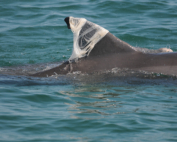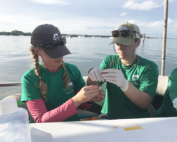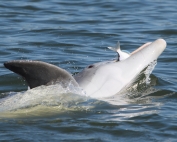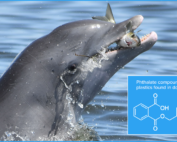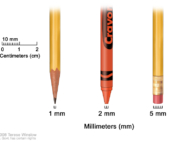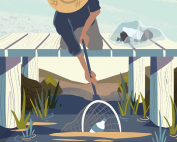Help Wild Dolphins and Other Marine Life by Reducing Plastics and Phthalates in Your Life
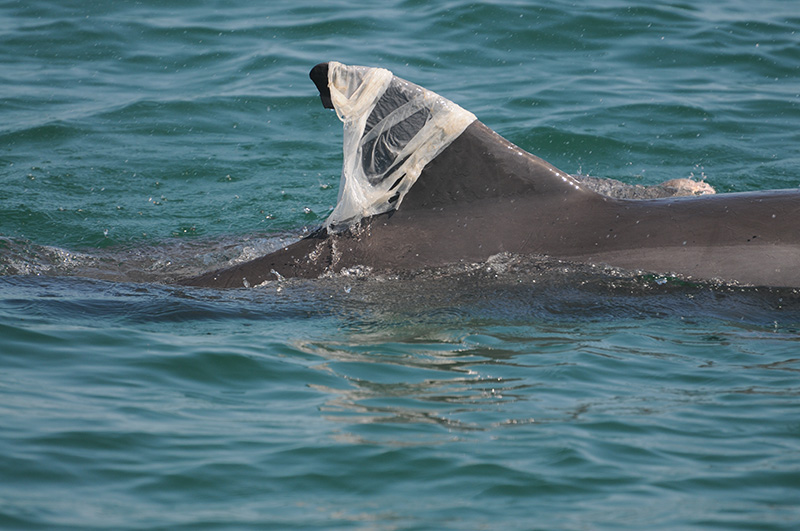
More than 170 trillion plastic particles end up in our oceans annually where they impact marine life in a variety of negative ways. Animals can mistake plastics for their traditional food sources and eat it — think of plastic bags that look like jellyfish. They can also become entangled in things like discarded fishing line and, if particles are small enough, animals can even inhale them.
As the plastics break down in the environment, the chemicals they release — called phthalates — may do even more harm.
The good news is that you can help by reducing your use of plastics!
A simple web search turns up a lot of great resources where you can find tips for reducing plastic usage in your own home. (Here’s one from the EPA and another from the Plastic Pollution Coalition.) There are also sites where you can learn more about reducing your use of products containing phthalates (like this one and this one.)
In the meantime, here are a few tips to get you started!

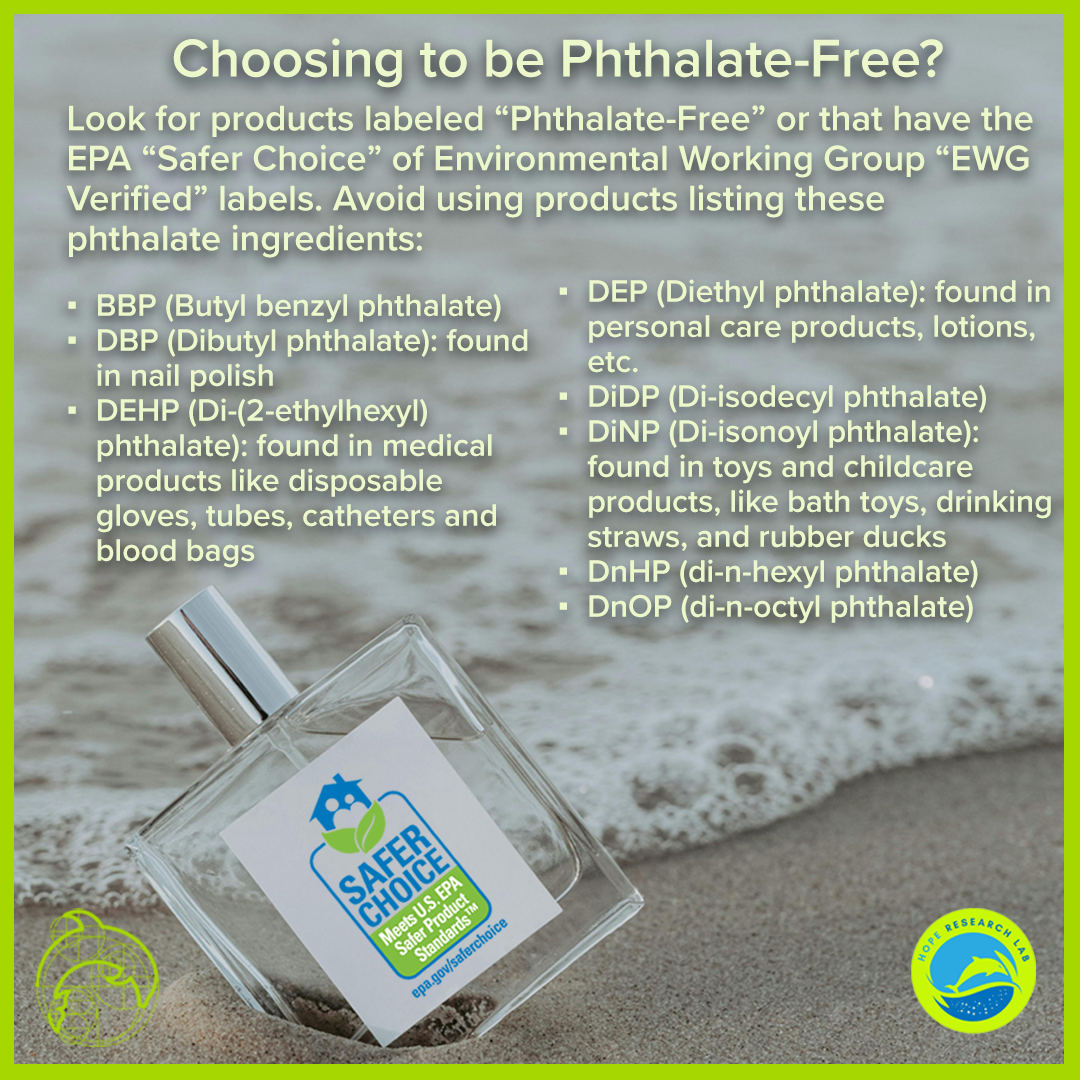
Read More
Reducing Plastics and Phthalates in the Environment
Help Wild Dolphins and Other Marine Life by Reducing Plastics and Phthalates in Your Life More than 170 trillion plastic particles end up in our oceans annually where they impact marine life
Plastics in Rural and Urban Dolphins
Dolphins Living Near Urban Coastline Show More Frequent Exposure to Chemicals from Plastics than those in Rural Area New study compared concentrations of endocrine-disrupting compounds between dolphins from Sarasota Bay, Florida, and Barataria
Ftalatos y Delfines
¿Los cambios en los patrones climáticos expondrán a los delfines a más sustancias químicas? Un estudio en la bahía de Sarasota, Florida, tiene como objetivo comprender si el exceso de lluvias y las
Phthalates and Dolphins
Will Changing Weather Patterns Expose Dolphins to More Chemicals? Sarasota Bay, Florida, study aims to understand whether excess rainfall and red tides impact the concentration of chemical contaminants in dolphins
Microplastics Detected in Dolphin Breath
Every Breath They Take? New Study Suggests Dolphins are Inhaling Plastics A member of the SDRP research team holds a petri dish over a dolphin's blowhole to collect a breath
A Tangled Food Web
Paper Provides New Insights on How Microplastics are Moving From Prey to Predator A new research paper based on studies conducted in Sarasota Bay is providing insights on how microplastics are moving
Stow it! Don’t Throw It!
Creating Monofilament Collectors to Help Save Dolphins from Entanglement Did you know that monofilament fishing line can take up to 600 years to decompose and that it
Plastic and Plastic Compounds in Dolphins
Studying the Impacts of Plastics and Plastic Compounds in Sarasota Bay Dolphins The oceans are estimated to contain more than 170 trillion plastic particles — with more
Dolphins and Microplastics
Study Finds Evidence that Dolphins are Ingesting Microplastics A new study in the peer-reviewed journal Frontiers in Marine Science has found evidence that members of the Sarasota Bay dolphin community are inadvertently ingesting
Join Our Marine Debris Team
One of the simplest ways to help wild dolphins — and all other marine life — is to make sure you’re not leaving plastics or other trash in our waterways or allowing garbage to


